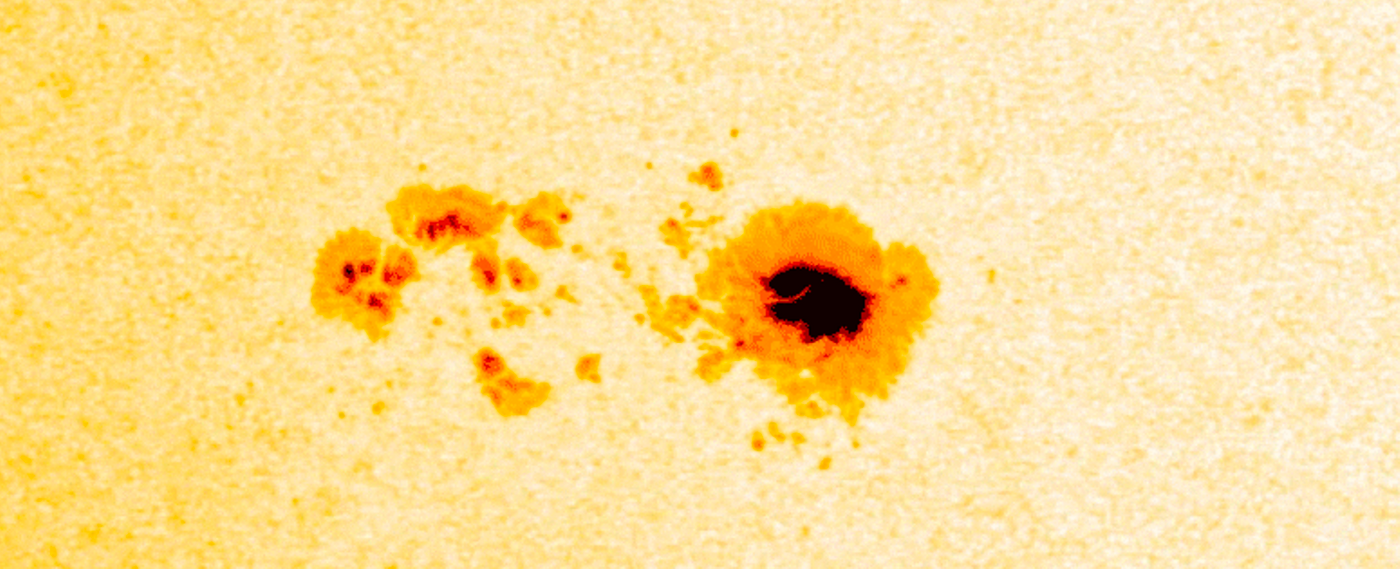A Massive Sunspot Cluster Just Rotated Into Earth's Direction
Sunspots are dark spots that generate on the Sun's surface from time to time. Fluctuations in the Sun's magnetic field cause it to dip below the surface, allowing sunspots to appear and permitting solar particles to run rampant.
Sunspots can be unpredictable hotspots for Coronal Mass Ejections (CMEs) and solar flares. These occur when the Sun ejects particles at high rates of speed. These flare-ups travel far enough away from the Sun to reach the Earth and other planets throughout the solar system, but our planet’s magnetic field helps deflect many of the particles away, protecting us from harmful radiation.
Image Credit: NASA’s Goddard Space Flight Center/SDO
Things residing in outer space, however, aren’t so lucky. Satellites and other probes are incredibly sensitive to solar activity. Many exist outside of the Earth's magnetic field, which is why NASA keeps track of sunspot activity using the Solar Dynamics Observatory (SDO) in real-time.
Just recently, the SDO watched and captured a massive sunspot cluster that was several times larger than Earth, as it rotated into view between the dates of July 5th and July 11th. More intriguingly, the sunspot cluster appeared increase in size as it rotated into our general direction.
NASA went on to say that this sunspot cluster formed after the Sun seemed to be spotless for more than two full days, a sign of the times highlighting how our star is headed for a solar minimum. During a solar minimum, sunspot activity is less frequent, so we expect to see less of this activity temporarily as time goes on.
Related: The Sun recent went two weeks without exhibiting any sunspot activity
Many Sun experts believe we’re destined for Maunder Minimum-like solar behavior within the next few decades, which means fewer solar activity sightings could become very common during this period.
These cycles are perfectly normal, so there’s no need to worry about seeing fewer sunspots. Every star exhibits a solar cycle, although not every star has an 11-year solar cycle as our Sun does. The properties of the star itself determine what kind of solar cycle it has, which vary from one to the next.
Source: NASA









